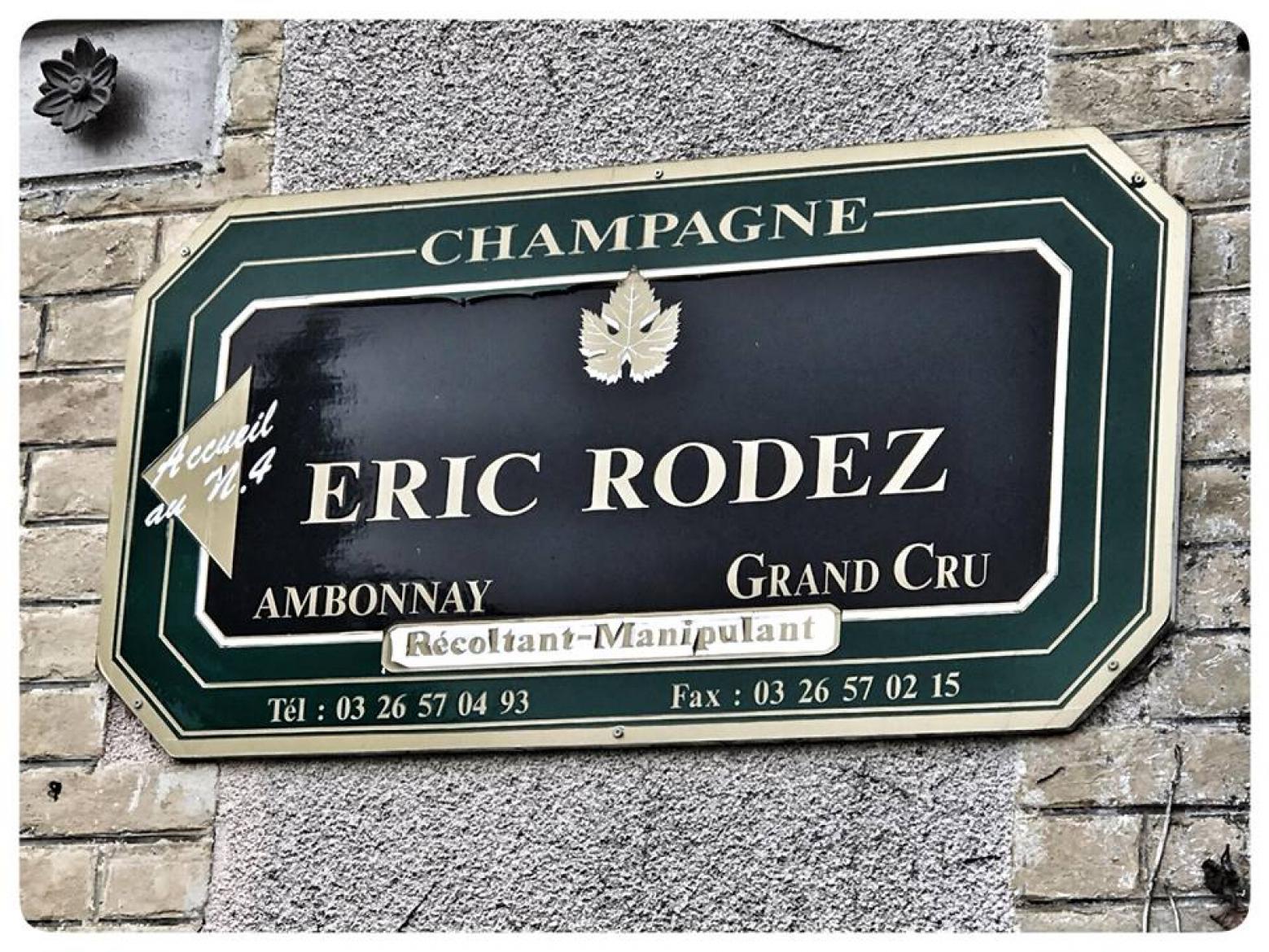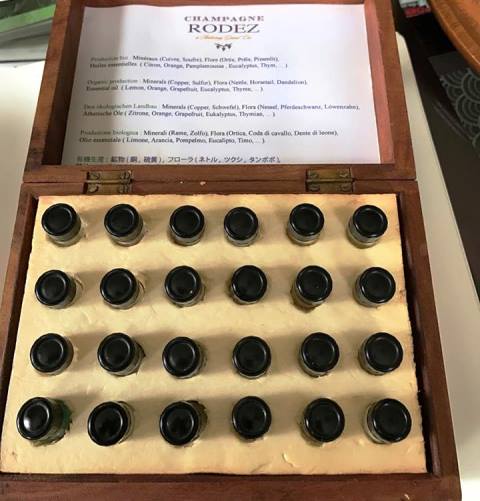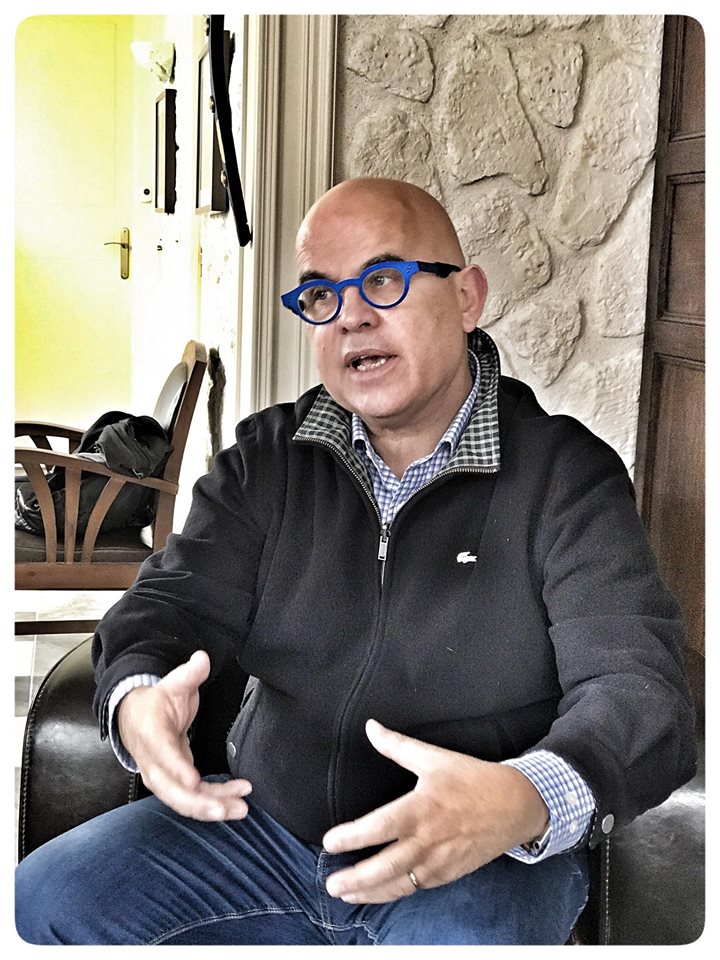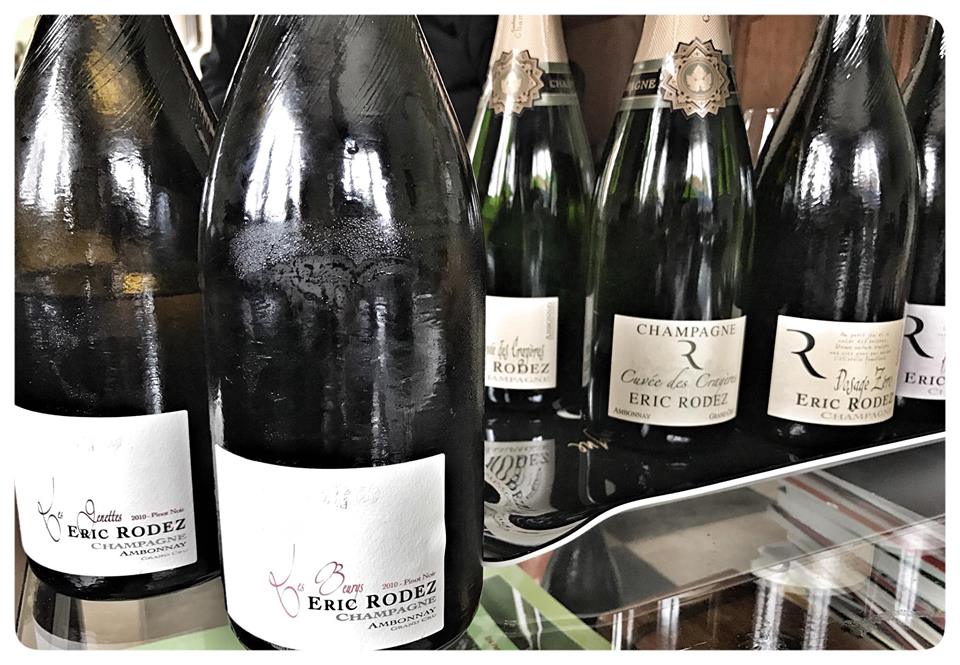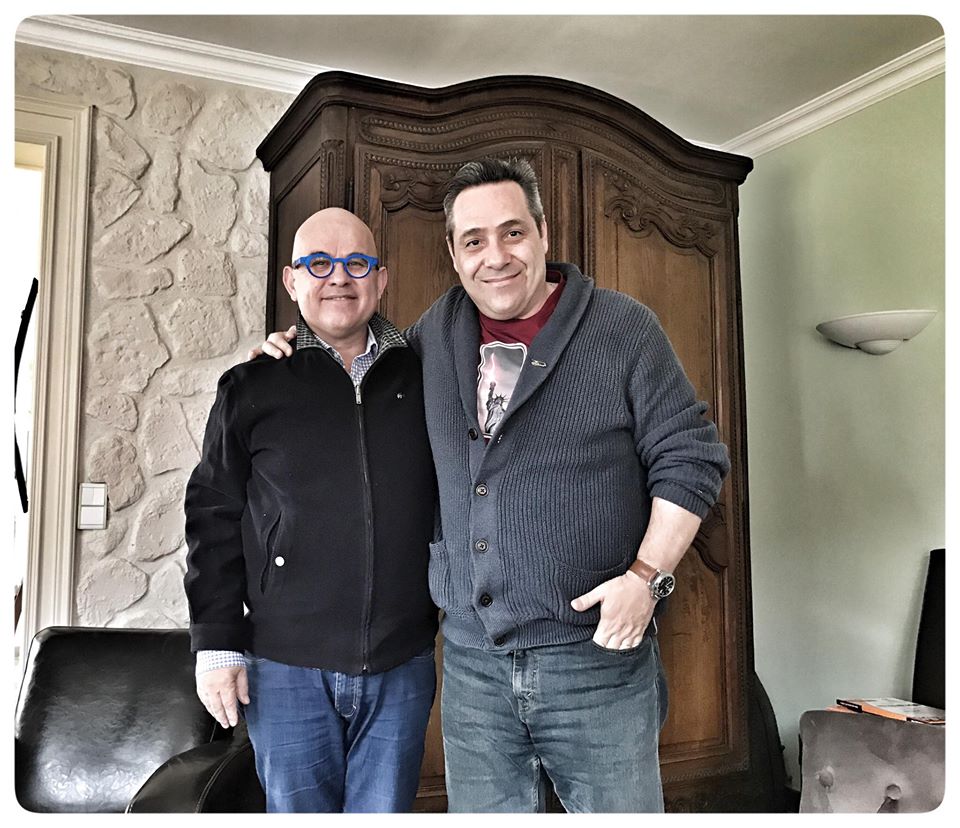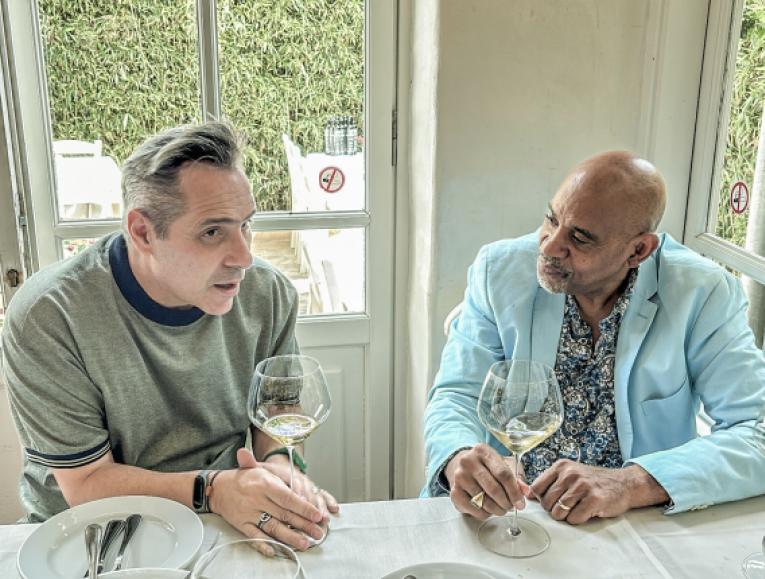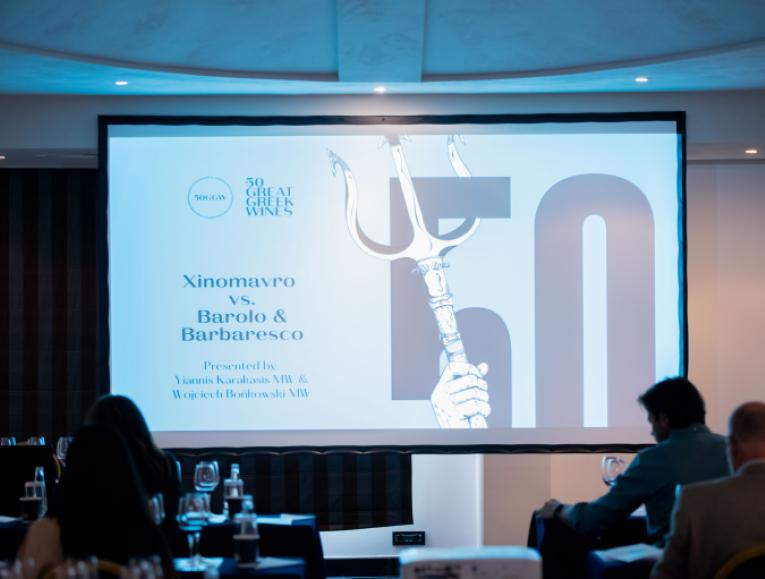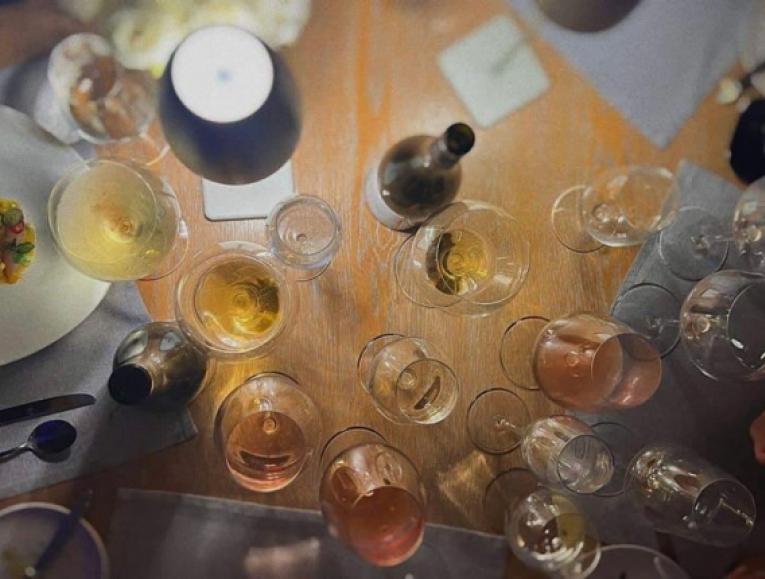Eric Rodez: Why me?
A meeting between the ''King of Ambonnay'' Eric Rodez and Yiannis results in a challenging discussion about aromas, music and of course Champagne!
''Why me?'' he asked while sinking in his comfy arm chair in Rodez's offices in Ambonnay. ''I would like to hear how you perceive and approach Champagne'', I replied. And I got exactly what I asked for.
After spending some time working for Krug, Eric Rodez returned to his family winery in the early 90's continuing a tradition of eight generations. And it was exactly the moment that he told himself ''I am in Champagne and Ambonnay, I will be the king of the world!''. But his very first vintage in 1984 was exceptionally bad. Not just bad but exceptionally bad. '''Why? I applied normal process in the vineyards and traditional cellar practices but the wine showed no emotion.'' The next four years he focused on his new role as a winegrower and it took him ten years until 1994 to regenerate life in the soil.
In 1995 he had turn to organic methods and biodynamics. ''I am now a certified organic and biodynamic grower and I also apply aromatherapy in the vineyards'' he tells me and shows me the little box with the essential oils (pictured below). ''It is simple; climate in Champagne is tough so I have to spray although I try to reduce copper quantities. I utilize citrus and orange essential oils before the appearance of any downy mildew or oidium symptoms. If I see something slightly going wrong then it is the turn of eucalyptus and if there is significant outburst I will use thyme.'' He employs 50 ml of essential oils with 100 ml of oil and this is mixed with 250 ml of wash. Then this solution is blended in 200 lts of water and this is enough to spray one hectare.
Our discussion now turns from aromas to music. For Rodez there is only one logic in the vineyard and is all about respect to the terroir. This year before blending in his cellar he gathered 54 different wines or different components from 7 vintages to synthesize his music. ''With these wines I play my music and it takes five dimensions for a new melody. First variety, then vintage with every new vintage producing a new music and then origin. For me Ambonnay is the best! Then you have the winemaking philosophy and lastly malolactic fermentation.'' I ask him what difference malolactic fermentation makes. “More sensual character in wine if malolactic fermentation is prevented. And a more intense character if it takes place.”
Rodez owns 6.12 hectares strictly Grand Crus vineyards in Ambonnay, a Pinot Noir land. I expressed my concern, when it comes to a small grower in Champagne, the challenges and how he can be successful with just 45.000 bottles. ''I do not want to rocket the prices, my first heritage is the perception of Champagne, not my domaine's. The times are dangerous for Champagne and not only for Champagne but also for Bordeaux and Burgundy, as a majority of my colleagues are imprisoned in a standard philosophy producing good quality wines often though with excessive standardization.’’
As he brings the wines for our tasting I can’t help thinking that we share the same view, but let’s wait and try the wines!
The line up includes Champagnes d' auteur which is the result of blending different vintages and terroirs. This is one melody but with a different interpretation every year. Then there is the Champagnes de lieux-dits - one vintage and one variety but from four to five different terroirs and finally the Champagnes de Terroir with no blending - just one plot.
Cuvée des Crayéres
(40% Chardonnay, 60% Pinot Noir, a 2013 blend from 5 vintages, 5 grams of dosage, winemaking out of tank 42% and barrel 58%, 65% malolactic, 8000 bottles). Floral and elegant, nice introduction to the house style. Persistent with elegant mousse this is delicious with lots of flavour and depth. 91/100
Blanc de Noirs
(100% Pinot Noir, a 2012 blend from 6 vintages, 4 grams of dosage, winemaking out of tank for 15%, out of barrel 85%, 15% malolactic, 14.000 bottles) Vinous, nutty with energy and precision on the palate. Punchy! 92/100
Dosage Zero
(70% Pinot Noir -30% Chardonnay, no dosage, winemaking out of tank for 5%, out of barrel 95%, 25% malolactic) Pure, exotic and sensual. Idiosyncratic on the palate with real flavour and great balance between fruit expression and acidity. Creamy, intense and long. 92/100
Cuvée des Grands Vintages
(70% Pinot Noir -30% Chardonnay, 3 grams of dosage, winemaking out of barrel 100%, no malolactic, 3.500 bottles) New perception, like opening your window and seeing another dimension of things. Complex aromatics, ripe and zesty. Elegant, vivacious, intense with depth and purity of fruit. Layered and long. 92/100
Les Beurys 2010 Pinot Noir
(100% Pinot Noir, 3 grams of dosage, winemaking out of barrel 100%, no malolactic) This sees east exposure and soil before chalk is 30 cm deep resulting in an elegant and mineral expression. Nutty on the palate with great precision combining freshness and ripeness. Lovely toasty finish. 93+/100
Les Genettes 2010 Pinot Noir
(100% Pinot Noir, 3 grams of dosage, winemaking out of barrel 100%, no malolactic) This sees south and south-east exposure and soil before chalk is 45 cm deep resulting in a deeply complex Champagne with more body, power and almost tropical fruit expression. 94/100
Empreinte de Terroir 2004 Pinot Noir
100% Pinot Noir from six parcels that has been 11 years with the lees. Hazelnuts and red fruit. So intense that you hesitate before sipping it. Powerful, layered and creamy with lingering finish. Absolutely fresh. Come back after 5 years. 94/100
